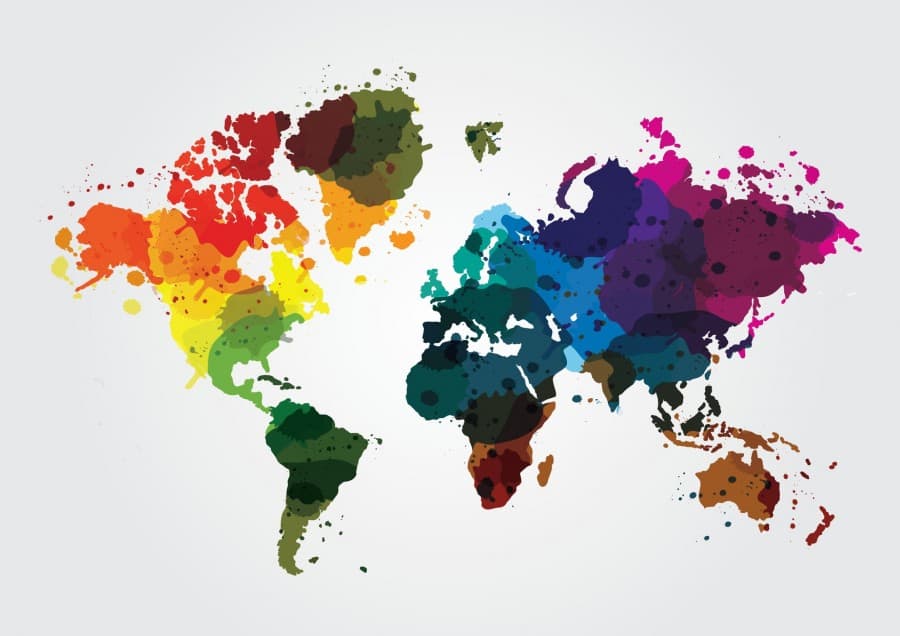Italian Food Around the World

As we all know, Italy has a world-renowned reputation for its unique cuisine, providing dishes that are not made anywhere, and improving on the ones that are made elsewhere. Most Americans know of these dishes through the offerings that are served in America. American-Italian cuisine, while fairly similar, is in reality quite different. But if Italy’s food is truly known around the world, then what that means is Italian food is also served in other regions around the globe. As it turns out there are actually quite a few countries that have their own version of Italian food, and just like the Italian food that is made in America, wherever it goes it picks up a little bit of its host country.
Why do so many countries have their own version of Italian food?
A certain aspect of it is simple cultural influence bringing core staples like pizza or spaghetti through trade and film. But one of the more specific ways in which it spread is what is known as the diaspora. The diaspora was a large-scale migration of Italians during the late 19th and early 20th century, with a brief interlude between the world wars, and a large spike in immigration after World War 2. There are a huge number of reasons this happened, many stemming from the political changes over that time period (the unity of Italy, Italian Fascism), economic difficulties, and one reason pertinent to why these countries have Italian dishes, a steady access to food causing overpopulation. The unification of Italy made a large amount of food more easily available to a larger demographic, meaning for the first time many recipes previously difficult to make now became widespread. It is in the midst of this growth of Italian Cuisine that a huge portion of the population had to immigrate to other countries. While not all countries took on the same amount of Italian’s, there was at least a contribution of the basics wherever they did go. There was a huge amount that went to South America (namely Brazil, Argentina, Venezuela, Uruguay), the United States, Canada, and nearby European countries (especially Switzerland, Britain and France).
A perfect example is Australia, which started with simple dishes after a wave of immigration similar to what the rest of the world experienced. As Australia is surrounded by the sea, just like Italy, local seafood can be used fresh, just as it is in Italy. However, the selection of fish can be very different. Same with the produce; the tomatoes, salmon, lettuce, and other ingredients that cannot be easily preserved are also used over Italian ingredients. Instead of the goat milk or goat cheese used in certain parts of Italy, cows produce almost all dairy used. The South-American countries have a similar situation, where the ingredients needed are available in both the host country and Italy, but the variations are what sets them apart. Many dishes also thought around the world to be uniquely Italian are normally far more popular globally than domestically inside of Italy.

